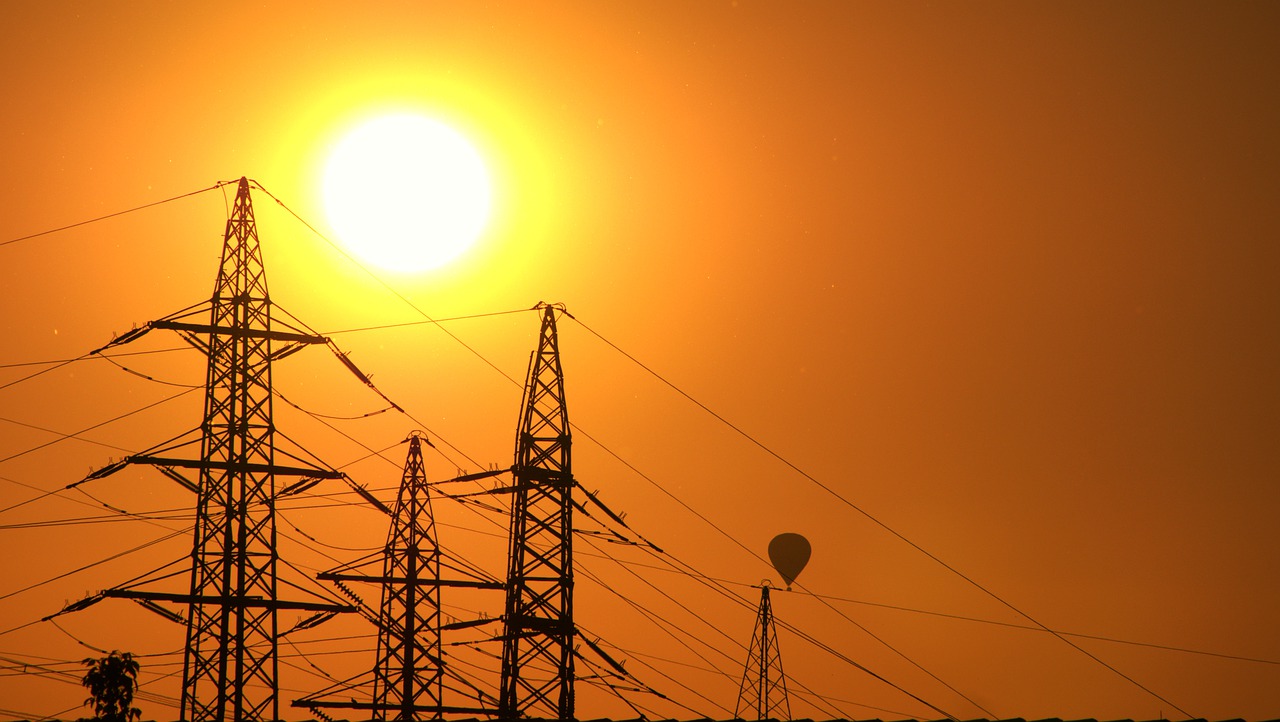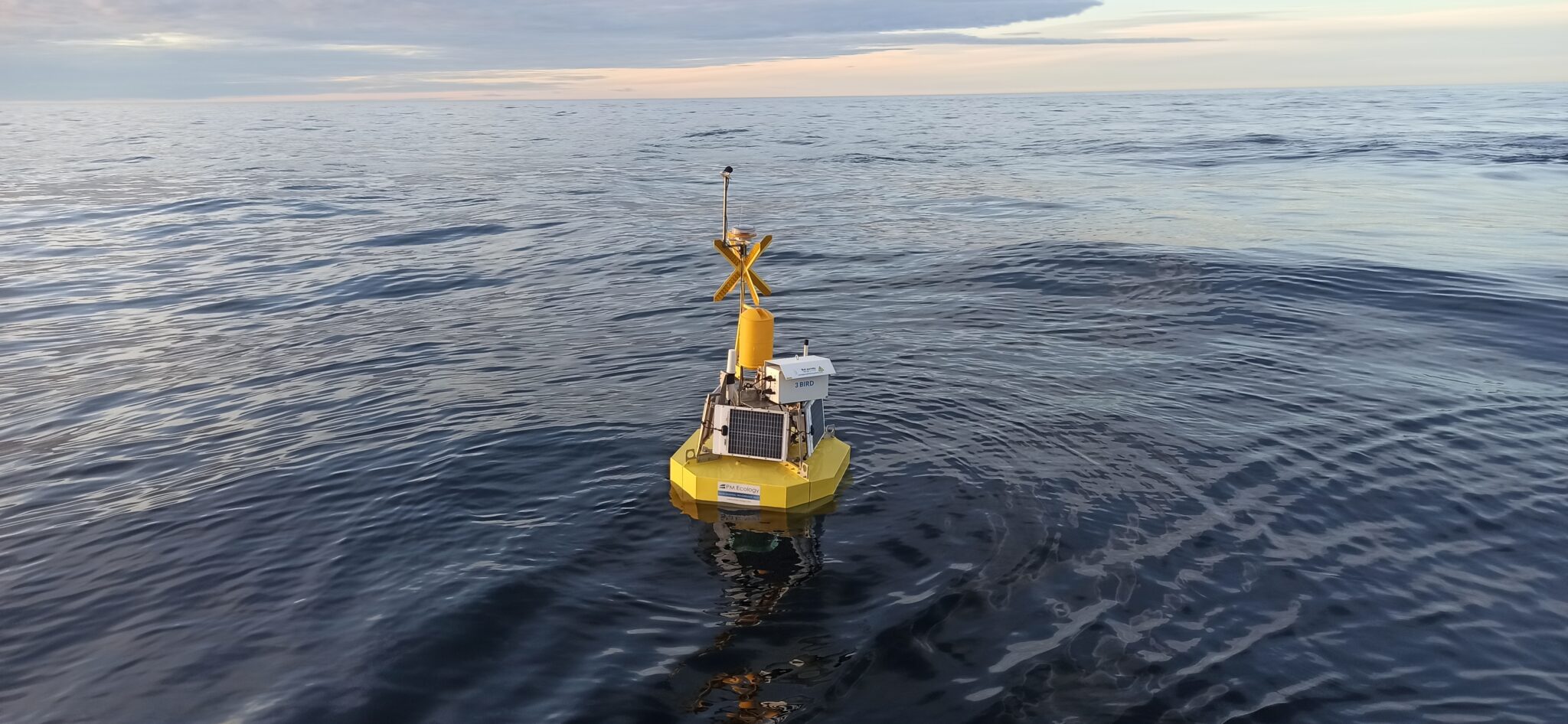Šarūnas Vaitkus, the Mayor of Palanga, Lithuania, addressed the state authorities with a letter concerning doubts about the development of offshore wind farms. Local politicians are concerned about the negative impact of offshore wind turbines on the landscape as well as recreational and tourism potential. “We strongly disagree!” – Vaitkus stressed in the letter.
Vaitkus’ letter is cited by Lithuanian media, including Vakarine Palanga. Mayor of Palanga is concerned that offshore wind farms in the Baltic Sea will adversely affect the development of local tourism. “Wind power plants to be installed in the sea, at the height of Klaipeda city and Butingė village, will have a significantly negative impact on Palanga’s tourism potential and development”, argues resort mayor Šarūnas Vaitkus.
The mayor addressed the state authorities, among others The Prime Minister, Ingrid Šimonytė, and the Ministers for Energy and the Environment, asking for assurances that planned offshore wind farms in Lithuania will not be visible from land level and will not adversely affect the landscape of the Baltic Sea. There are also questions about the impact of RES installations on shipping. All of this can cause extreme social discontent.
Based on survey data, it was determined that if wind turbines were installed more than 32 km offshore, they would only be visible under ideal weather conditions. At a distance of 28 km, they will be visible in conditions of good visibility and the power plants will be perceived as small objects – the rotation of the blades is then usually invisible. The minimum distance from the planned wind farm site to Palanga is about 26 km, which means that they will be well visible from the shore to the naked eye.
The representative of Palanga reminded that the coastal area of the Lithuanian Baltic Sea is classified as a recreational area with a very high potential. In government documents, the coastal area ranks first in terms of richness of resources and natural and cultural heritage. The most important recreational resources are fine sand beaches, water space, dune landscapes, dune pine forests and mixed forests, areas without harbor facilities and infrastructure. Offshore wind farms as vertical technical installations will reduce the naturalness of the existing landscape, making it urbanized.
“A wind farm project in the Baltic Sea area should be planned and implemented only after the adoption of a decision on the seascape and the preparation of special regulations for landscape protection”, argues a representative of the city.
A wind farm with a capacity of up to 700 MW is planned to be built in the Baltic Sea area, 26-32 km offshore, by 2030. On BalticWind.EU we reported that an Environmental Impact Assessment (EIA) programme has already been prepared.
Source: Vakarinei Palangai, BNS













